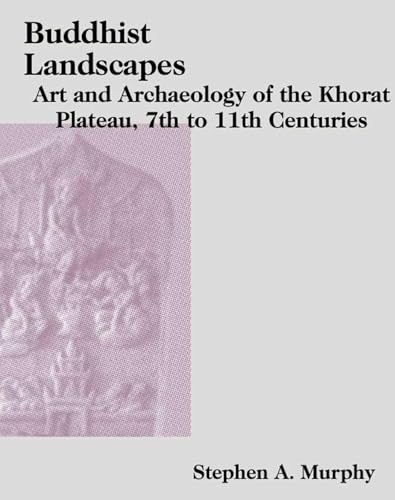Archaeologists in Taiwan report the discovery of a 5000-year-old grave site, with a particular set of bones described as a mother-and-child burial, which has been what most media have been leading with. The finds are significant, although the characterisation of the mother-and-infant bones may be exaggerated.

4800-Year-Old Remains of Mother and Child Found in Taiwan
New Historian, 28 April 2016
Fossilized Mother Held Baby For 4,800 Years Before Archeologists Found Them
Huffington Post, 26 April 2016
Taiwan finds 4,800-year-old fossil of mother cradling baby
Reuters, 26 April 2016
A team of archaeological researchers in Taiwan have uncovered a massive array of ancient remains dating to at least 4,800 years old – including a mother cradling an infant child, possibly her own, in her arms.
Found in central Taiwan in the Taichung region, these remains, which were discovered in excavated graves, are the oldest ever discovered within the area. The most startling discovery by far was the skeleton of the woman, as she seemed to be gazing down lovingly at the child wrapped in her arms, according to the country’s National Museum of Natural Science’s anthropology curator, Chu Whei-lee. The scientist, in a recent interview with Reuters, said the entire team was “shocked” by the tableau.
Excavations at the Taiwanese dig site began in May of 2014, running for approximately a year. For the last several months the 48 sets of remains, five of which were found to have been young children, were subjected to rigorous study. This included carbon dating, which enabled the team to narrow down the age of the fossilized remains to just a few centuries shy of 5,000 years old.
Full story here.

























